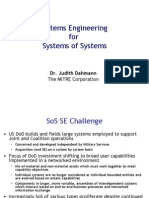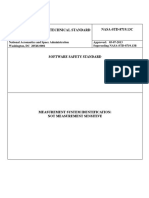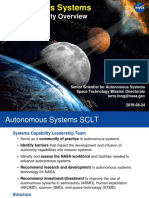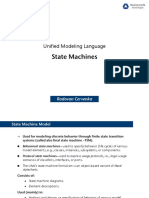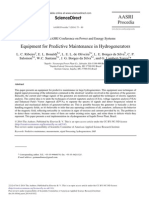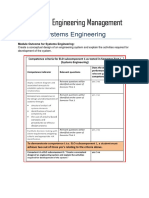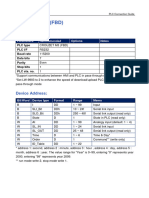0% found this document useful (0 votes)
311 views4 pagesSystems Engineering Guide For Systems of Systems-2
This document summarizes the Department of Defense's Systems Engineering Guide for Systems of Systems. It describes what a system of systems is and how it differs from a regular system. Specifically, it notes that a system of systems brings together existing systems to accomplish tasks no single system can do alone. It also describes four categories of system of systems based on their degree of central management. Additionally, the document outlines seven key elements of systems engineering for systems of systems and how the systems engineering process applies when dealing with multiple interconnected systems rather than a single system.
Uploaded by
sarbiniCopyright
© © All Rights Reserved
We take content rights seriously. If you suspect this is your content, claim it here.
Available Formats
Download as PDF, TXT or read online on Scribd
0% found this document useful (0 votes)
311 views4 pagesSystems Engineering Guide For Systems of Systems-2
This document summarizes the Department of Defense's Systems Engineering Guide for Systems of Systems. It describes what a system of systems is and how it differs from a regular system. Specifically, it notes that a system of systems brings together existing systems to accomplish tasks no single system can do alone. It also describes four categories of system of systems based on their degree of central management. Additionally, the document outlines seven key elements of systems engineering for systems of systems and how the systems engineering process applies when dealing with multiple interconnected systems rather than a single system.
Uploaded by
sarbiniCopyright
© © All Rights Reserved
We take content rights seriously. If you suspect this is your content, claim it here.
Available Formats
Download as PDF, TXT or read online on Scribd
/ 4

